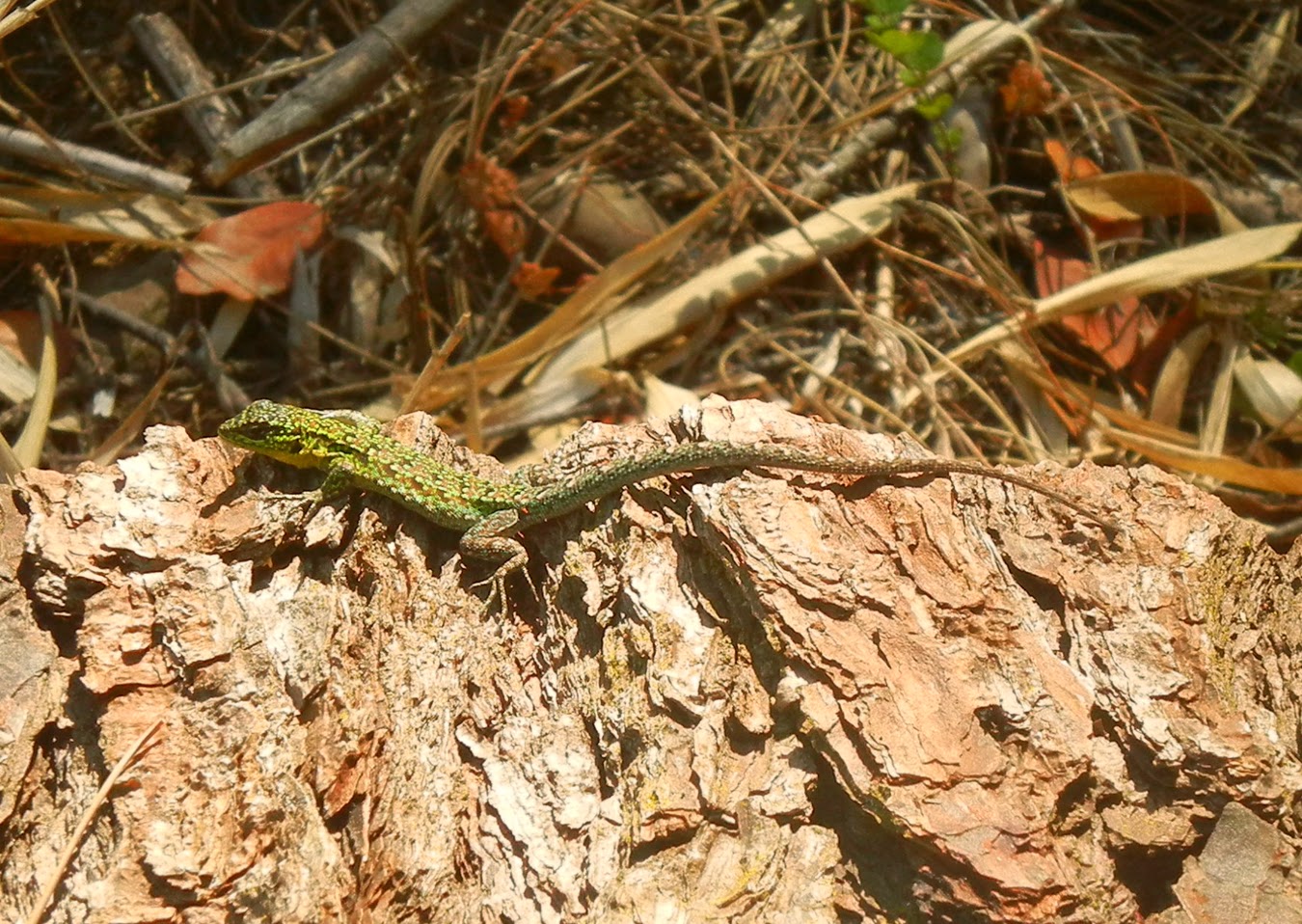This week was full of fun visits. I will only post pictures of our trip north to Longavi, Linares, and Rari. Next week will be the report on our three days spent with Elder and Hna. Kauer near Caracautin and El Parque Nacional Conguillio.
On Sunday we attended Barrio Cerro Verde in the Talcahuano South Stake. What a great ward. We saw one of our English student who was having trouble applying for her PEF loan, so Elder Kennington helped her with what she needed.
Sunday afternoon we visited Dagnig and her sweet hearted husband. Hermana Dagnig has been in a low place in her life for many weeks, so we were glad when she was willing to visit with us.
Her handmade Christmas decorations were still up, and I couldn't help but admire them.
Of course, being the generous person she is, she had to share some with me, so I have my Chilean Christmas ornaments to take home. They were a labor of love for her, and she was smiling and laughing when we left.
On Monday morning the Kauers let us tag along as they drove north to Longavi, where they checked out the facilities where four elders were living. We put two of the elders in the back of the van to take them up to Linares. The reason this elder looks so happy is that Elder Kauer has just given him a plate of cookies made by Hermana Kauer.
"Los Hermanos Marcial Veleodoro, Campos que como exponentes autenticos y varones de nuestra patria se constituyen en magnificos embajaderos de esta tierra Longaviana." I think I got that right--The musical Marcial brothers, who make Longavi proud.
I didn't get a photo of the cheerful, accommodating Minches the last time around, so here they are in front of their house. Hermana Minch teaches a lot of members how to play the piano using donated keyboards.
Restoration of the Corazon de Maria Linares cathedral on our walk from the Minches' to our almuerzo.
El Tenedor y Parrilla Libre, the Fork and Grill where we had the Executive Special for only $2,500, about $5.00 each. Filling, and we didn't have to listen to the sirens outside that play endlessly when a crime is being committed somewhere in Linares, or something is on fire. Which, fortunately, is rare.
A cornfield on the highway to Rari, twenty kilometers east and north of Linares. Elder K. tells me this field is either overwatered or short on nitrogen or phosphorus. I am often enlightened with useful facts like this when I travel with Elder K.
And now for the real reason for our jaunt past Linares. Once Hermana Kauer finds a handmade craft item she likes, she wants to track it down to the source. She had fallen in love with the horsehair Crin she had seen in Chillan and elsewhere. Rari is the little town where Crin is produced, available to the adventurous traveler. You drive down a little road dotted with homes where entire families turn out these beautiful and interesting objects.
This one was called Las Camelias. The homes in Rari usually have gardens full of flowers, which I was reveling in.
What may appear to a norteamericano to be lilacs. This is actually a tall bush of pink crape myrtle, which won't grow like this in my yard in eastern Oregon.
This is Rosalia, in whose garden we found the crape myrtles. She was engaging and energetic and you wanted to move in with her and start making Crin. She told us one of the figures may take at least a week to make.
Bignonias, gorgeous big trumpet vines with flowers the color of peach sherbet, also in Rosalia's garden.
Rosalia showing us her spectacular 50-year-old Copihue plant, growing alongside the grape arbor. She says that later in the summer, when the sun is hotter, the Copihue blossoms are redder.
We walked down the dusty road to the next Artesania en Crin. I love this veranda with big pots of hortensias, hydrangeas.
The rather shy dueña. lady of the house. Her home, she told us, was 200 years old. We have found many homes in Rari have wonderful antique European furniture in them.
She let us look at other parts of her house, explaining about how it was built with thick adobe brick walls covered with plaster. I love the light coming through the window.
This artesania also had a lovely flower garden. Above are blooming lathyrus, the perennial sweet pea.
Hermana Kauer was on a mission to find a nativity made of Crin, which was turning out to be difficult, especially following the Christmas season.
Success at last. At this shop there were two Nativity scenes, or pesebre--manger scenes. One was the little one right in front, on the circular base, and the bigger one with about ten figures on it, in the middle of the table. Hermana Kauer got a really good deal on that one, and Hermana Minch bought the little one. I bought a bouquet of the little red posies from the pot at the end of the table.
Another shop full of family-made Crin. Each shop had something different from the others. This one had adorable little tortugas, turtles, but I bought a little red Copihue instead.
(Most of) what I ended up with--two angels, a donkey that must have strayed off a nativity, a black-necked swan, two abejas--bee magnets for the refrigerator; two lovely butterflies, the red Copihue, a lucky fish to hang from the ceiling, and a necklace of what look like little red lanterns. Often these have a cross attached to serve as a rosary. I especially like the little teeny baskets with the little teeny flowers on top.
What Google displayed for me on my birthday, January 16th!





































































